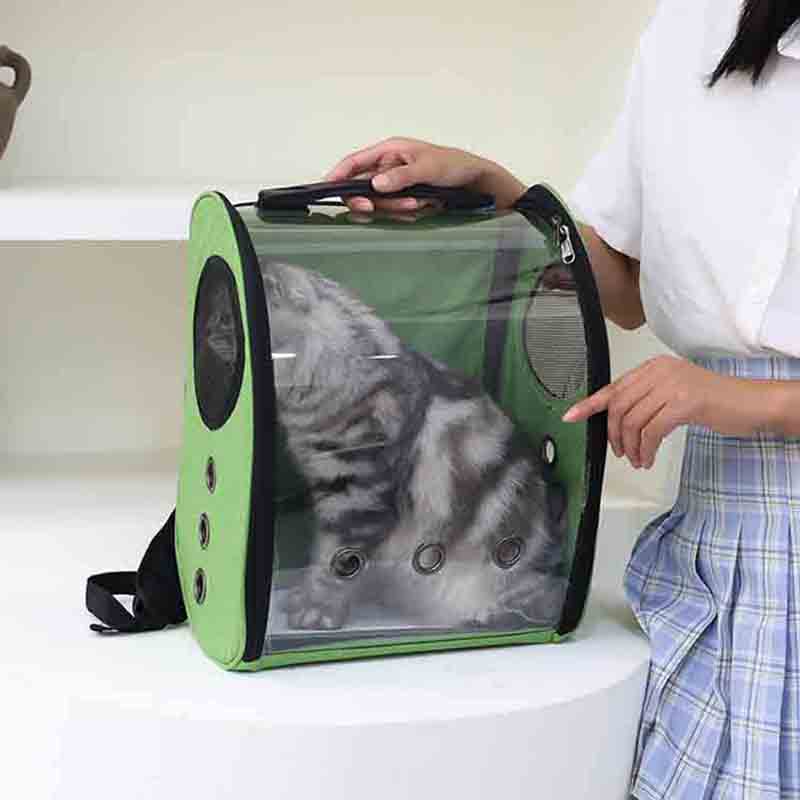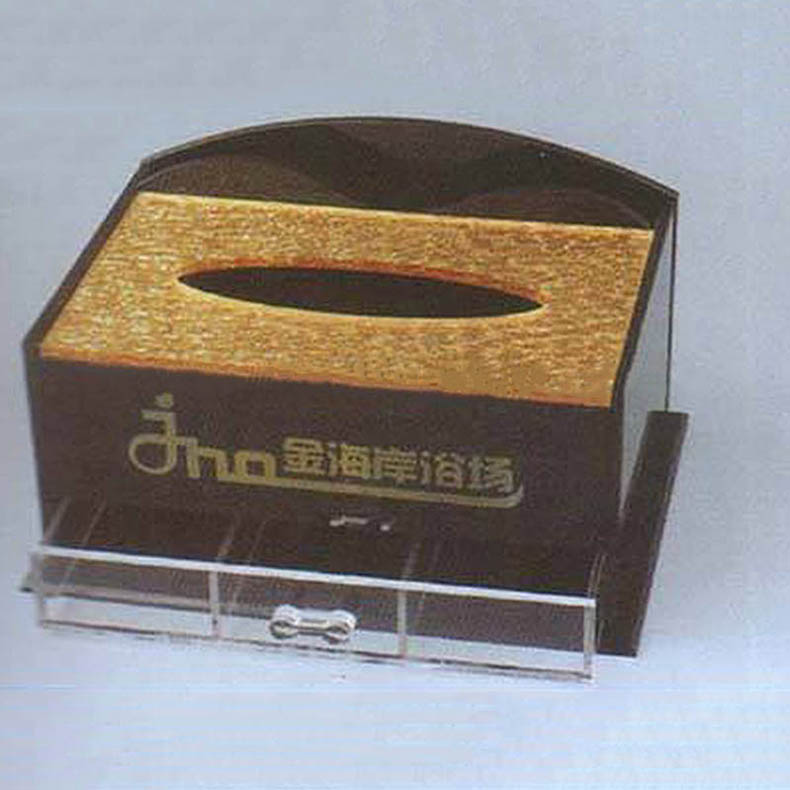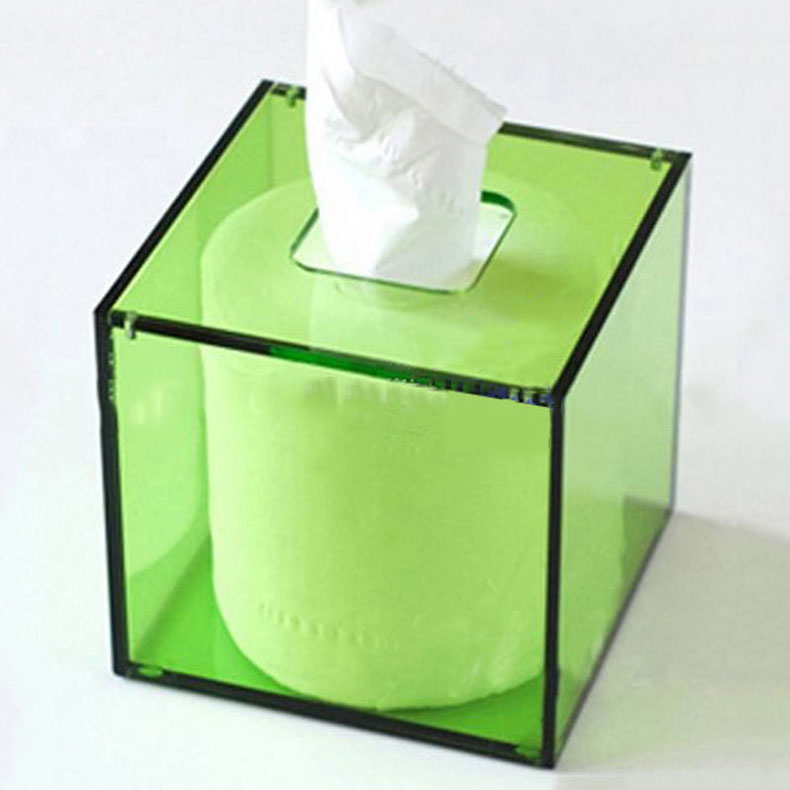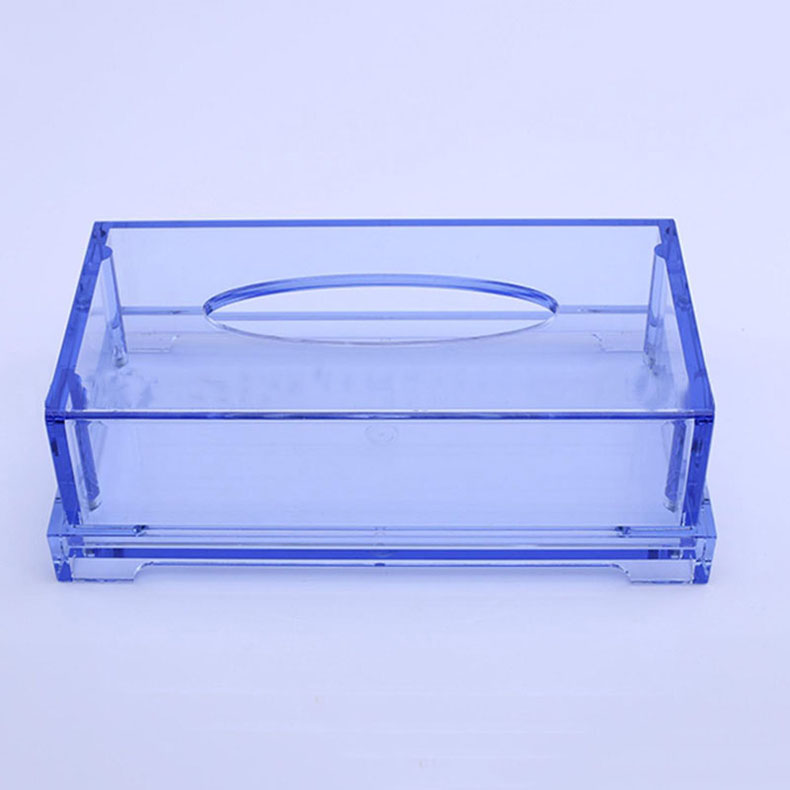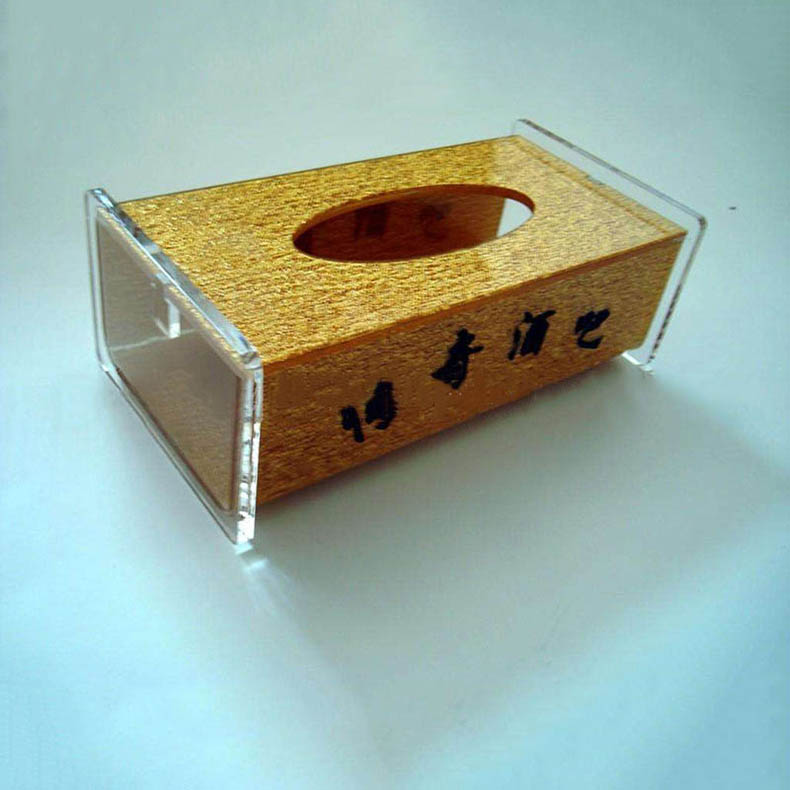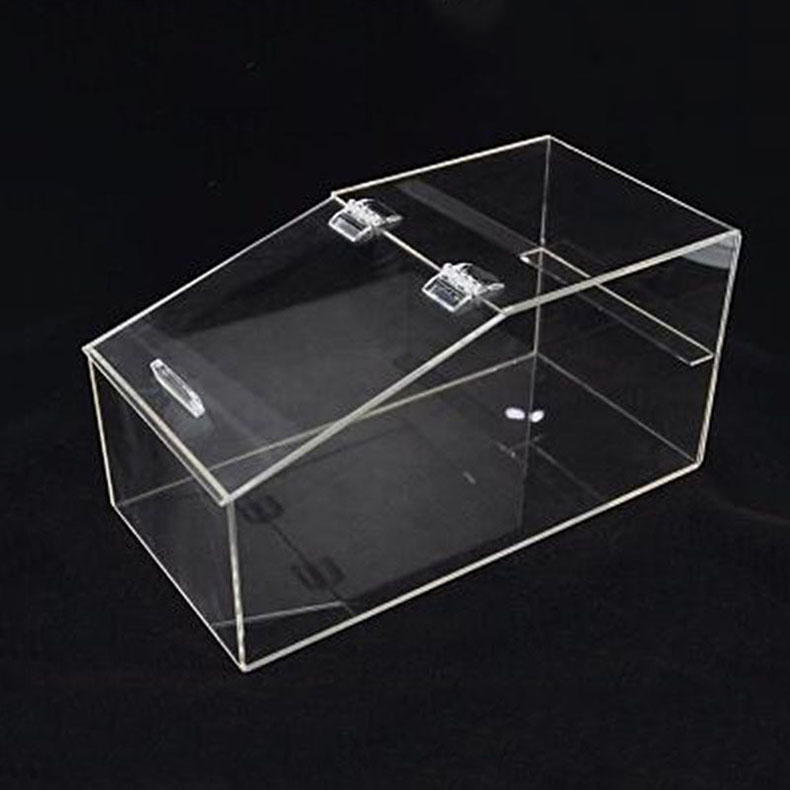Acrylic sheets, also known as plexiglass or Perspex, are versatile materials with a wide range of applications, from signage and displays to home decor and industrial uses. When it comes to buying acrylic sheets, there are several factors to consider to ensure you get the right product for your needs. This guide will walk you through the key aspects of purchasing acrylic sheets.
Types of Acrylic Sheets
Cast Acrylic
Cast acrylic is made by a process where the liquid acrylic is poured into a mold and allowed to cure. It offers excellent optical clarity, high light transmission, and a smooth surface finish. Cast acrylic sheets are more resistant to scratches and chemicals compared to extruded acrylic. They are ideal for applications where high - quality optics and long - term durability are required, such as museum displays, aquariums, and high - end signage.
Extruded Acrylic
Extruded acrylic is produced by forcing the molten acrylic through a die to form a sheet. It is generally less expensive than cast acrylic. While it may not have the same level of optical clarity as cast acrylic, it still offers good transparency. Extruded acrylic is more flexible and easier to fabricate, making it a popular choice for applications like point - of - sale displays, picture frames, and DIY projects.
Thickness
The thickness of the acrylic sheet you choose depends on its intended use. Thinner sheets, typically ranging from 1mm to 3mm, are suitable for lightweight applications such as small signs, picture frames, and crafts. For applications that require more strength and durability, like structural components or large - scale displays, thicker sheets of 5mm or more are recommended. When selecting the thickness, also consider the size of the sheet. Larger sheets may require greater thickness to prevent warping or breakage.
Size
Acrylic sheets are available in a variety of standard sizes. However, you may also be able to get custom - cut sheets to fit your specific requirements. When determining the size, measure the area where the acrylic sheet will be installed or used. Consider any allowances for trimming or fitting. If you need a large - sized sheet, check with the supplier about their maximum available size and shipping options, as larger sheets may be more difficult to transport.
Color and Transparency
Transparent
Transparent acrylic sheets are the most common type. They offer high light transmission, similar to glass, and are suitable for applications where visibility is important, such as windows, display cases, and aquariums. You can choose from different levels of transparency, including clear, which provides the highest level of clarity, and frosted or tinted options for privacy or aesthetic purposes.
Colored
Colored acrylic sheets come in a wide range of hues, from bright and vibrant to subtle and pastel colors. They are often used for decorative purposes, such as in interior design, signage, and art projects. When choosing a colored acrylic sheet, consider the colorfastness, especially if the sheet will be exposed to sunlight. Some colors may fade over time when exposed to UV rays.
Quality and Brand
Quality
The quality of an acrylic sheet can vary significantly between manufacturers. Look for sheets that are free from defects such as bubbles, scratches, and discoloration. High - quality acrylic sheets will have a smooth and even surface finish. You can also check the manufacturer’s specifications for information on the sheet’s optical properties, impact resistance, and chemical resistance.
Brand
Well - known brands often have a reputation for producing high - quality acrylic sheets. They may also offer better customer support and warranties. Do some research on different brands and read customer reviews to get an idea of their reliability and product quality.
UV Resistance
If the acrylic sheet will be exposed to sunlight, UV resistance is an important factor to consider. UV - resistant acrylic sheets are treated to prevent yellowing and degradation caused by UV rays. This is especially crucial for outdoor applications such as signage, outdoor displays, and skylights. Look for sheets with a high UV - protection rating to ensure long - term durability and maintain the sheet’s appearance.
Price
The price of acrylic sheets can vary depending on factors such as type, thickness, size, and quality. Generally, cast acrylic is more expensive than extruded acrylic. Thicker and larger sheets will also cost more. Compare prices from different suppliers to get the best deal. However, don’t compromise on quality for the sake of a lower price. Consider the long - term cost and performance of the sheet when making your decision.
Supplier and Shipping
Supplier
Choose a reputable supplier who has a good inventory of acrylic sheets and can provide you with the right product for your needs. A reliable supplier should be able to offer technical support and advice on choosing the appropriate sheet. They should also have a good return policy in case you receive a defective product.
Shipping
If you are ordering acrylic sheets online, consider the shipping costs and options. Acrylic sheets are fragile and require careful packaging to prevent damage during transit. Look for suppliers who offer secure packaging and reliable shipping methods. Some suppliers may offer free shipping for larger orders or within a certain distance.
In conclusion, buying acrylic sheets requires careful consideration of various factors. By understanding the different types, thicknesses, sizes, colors, and qualities available, as well as considering factors like UV resistance, price, and shipping, you can make an informed decision and purchase the acrylic sheets that best meet your requirements. Whether you are a professional installer or a DIY enthusiast, following this guide will help you get the most out of your acrylic sheet purchase.


